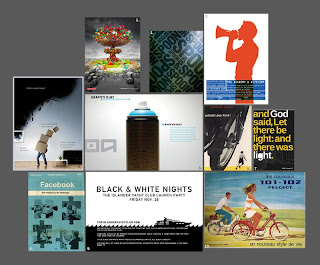 Page Two
Page Two Page Three
Page ThreeConceptual:
The intention regarding the transformation of Frank Gehry’s Design Museum involved the manipulation of particular architectural elements upon the building to re from a dynamically unique motor yacht. Through forms portraying notions of fluidity within a spatial dynamic, has one been able to create a juxtaposition between the structural elements and the organic forms to alter the individual’s initial interpretation of the building. Such a notion extends to the interior design of the yacht; as such unique architectural elements will be interconnected in a manner to enhance the interior spatial dimension creating a similar sense of fluidity upon various levels, similar the Vitra Design Museum. The overall design will attempt to encompass a sense structure while remaining to do so through the curvature elements. The notion of transforming such a building into a super motor yacht was decided upon due to the manner in which, they portray a sense of military design which I believed could be re-interpreted through the unique architectural elements upon the Vitra Museum.
Structural:
The structural design of the Vitra Yacht portrays a structural and yet fluid sense of design enhanced through the juxtaposition between the main body and the hull. The overall construction exists as an advanced composite. The yacht will be conceptually powered by 4 MTU 16v 4000M93L motors with a total output of 7,294 hp, with a fuel capacity of 10,000 US Gallons. The overall length, beam and draught as well as the displacement is yet to be determined.
Dynamic:
Upon beginning such an architectural transformation regarding the Vitra Design Museum, I decided to identify the key architectural principles and concepts behind the Frank Gehry’s design to ensure my interpretation remained to portray the fundamentals of the unique architectural elements and forms. Such can identified within the following statement by Paul Heyer:
“The building is a continuous changing swirl of white forms on the exterior, each seemingly without apparent relationship to the other, with its interiors a dynamically powerful interplay, in turn directly expressive of the exterior convolutions.”
Through such a statement one identifies the manner in which the exterior form and interior spatial dimension remain separate in sense while yet presenting an overall expressive piece of design. Furthermore one identifies the manner in which Frank Gehry has began to consider light distribution, volume interpretation and the general relationship of spaces within the overall composition.
With reference to my own interpretation, one identifies the manner in which my design remains to present a sense structure while alluding to the notion of fluidity, enhanced through the juxtaposition of design between the body and the hull. While the interior remains to express a unique sense of fluidity within a spatial dimension, but rather in a manner which encompasses the individual forms, to consider the manner in which each volume interrelates with each other.






























